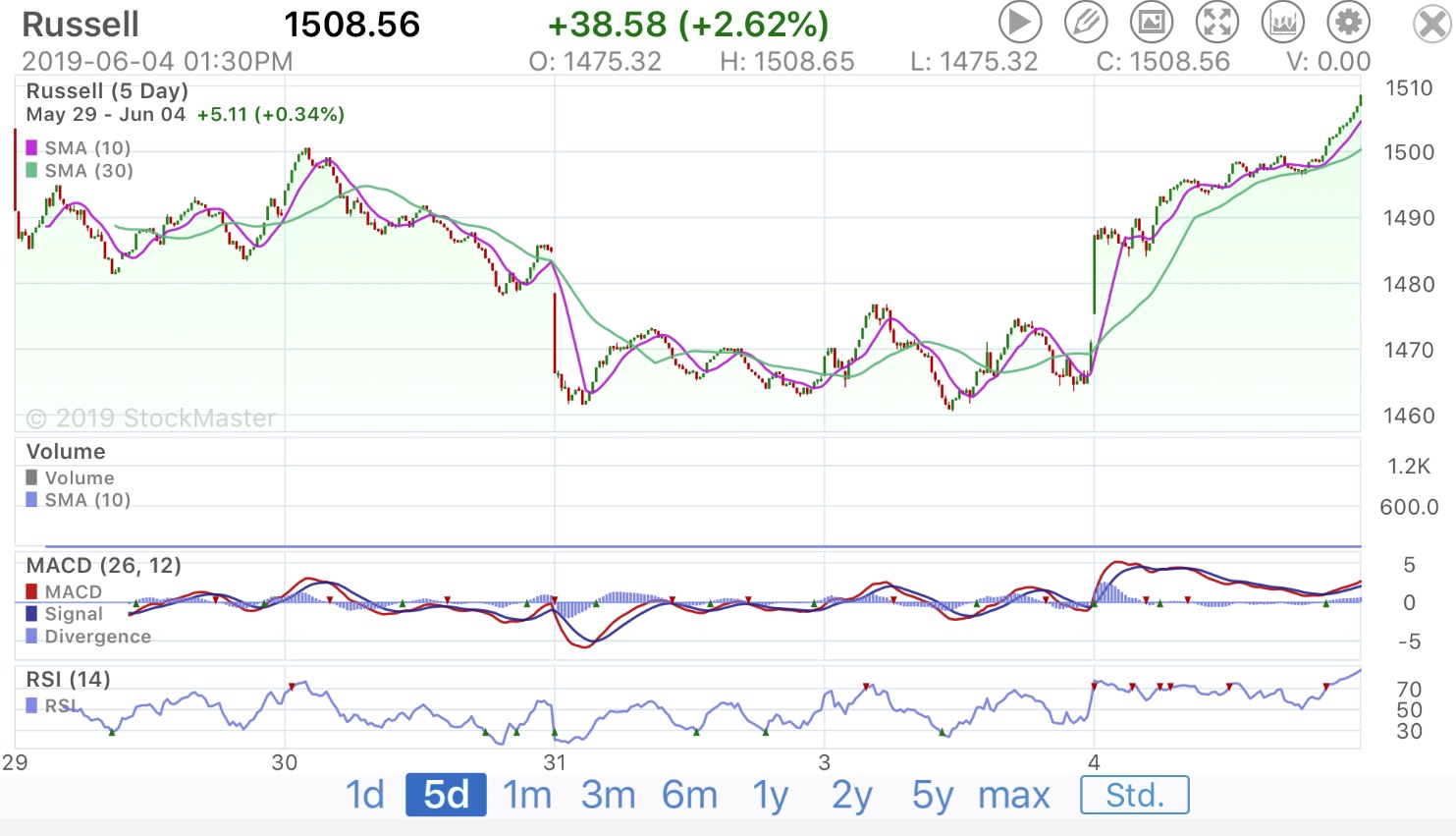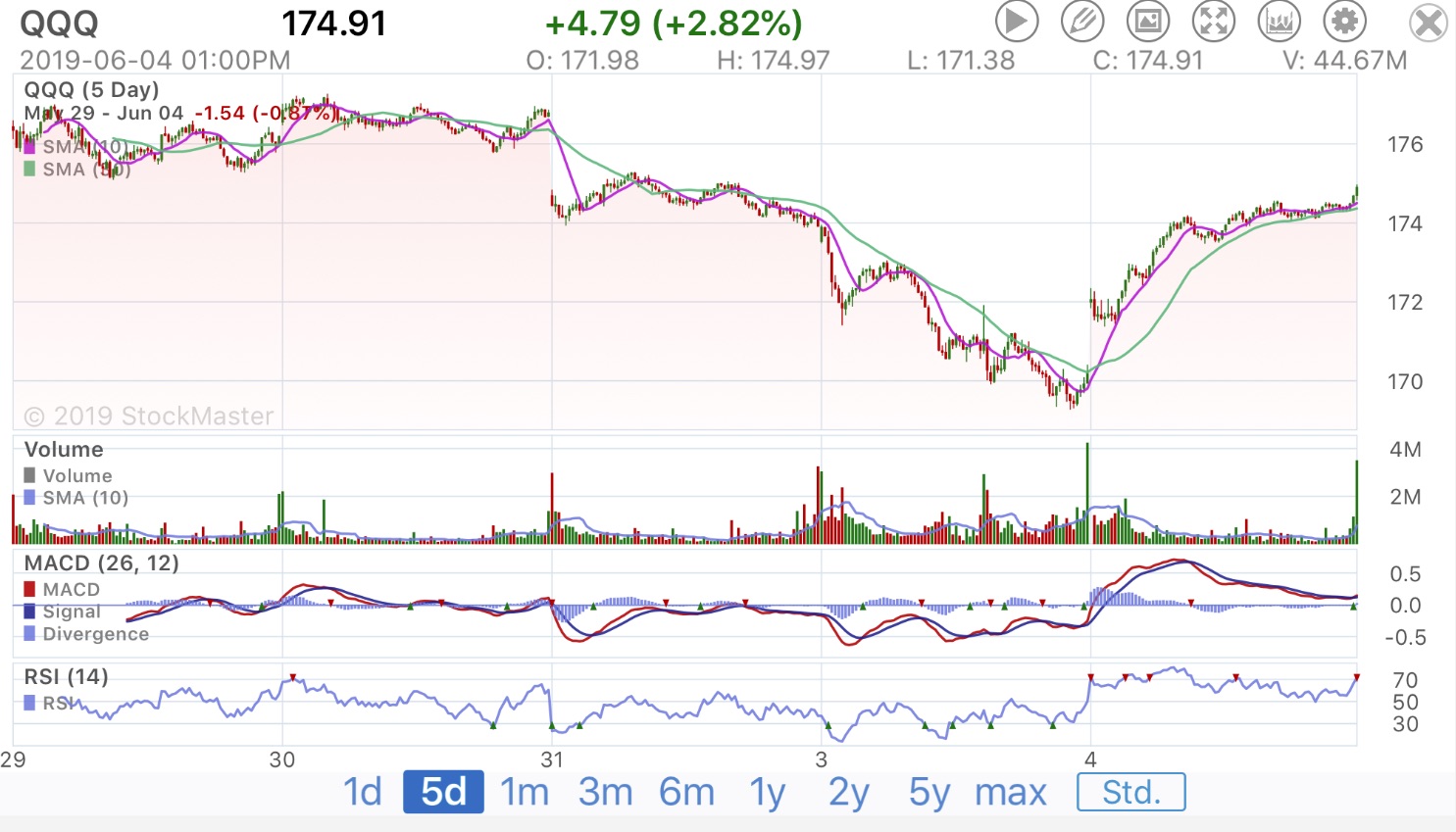Primary mandate
- Stable prices at 2% inflation rate
- Low unemployment rate
Highlights of the US economy
- US unemployment is at 3.7% the lowest in 50 years
- Longest period of economic expansion at 11 years
- Philips curve is dead – Inflation rate and unemployment rate seems to be decoupled and no longer correlated
Key concerns within the environment
- US inflation rate has fell below 2%
- slowing global growth
- manufacturing
- investments
- trade
- business fixed investments
- international trade volume slow down
- slowing US business investments
- lots of central bank with low interest rates have little wiggle room if recession were to occur
Federal Reserve as an institution
- US economy is 70% consumer driven
- Responds to congress policies
- Responds to fiscal policies
- reopens market when economy grinds to a halt
- resilient to president’s (executive branch) meddling
- utilizes framework and the tools available to achieve symmetrical 2% inflation rate
- Fiscal policy is more powerful than monetary policy
- becomes critical during a severe downturn
- 4 key pillars of monitor
- Asset price
- leverage in financial system
- leverage away from banks
- funding risks
- Fed will negotiate with other countries and will reject terms if international terms cannot be expected to work within the US system – Insurance Capital Standards
- Will look for more tools to pursue mandate since interest rate is already very low
- Can handle counter cyclical policies
- buying US treasuries to increase supply of money in circulation
On the labor market
- Income inequality
- 1% owns 40% of wealth in America
- US has less social mobility than other more developed countries
- since 40 years ago US education system has not be able to train people to capitalize on technology and globalization
- Median and lower income has stagnated (those without a degree)
- Only increased 3% wage increase despite low unemployment rates
- does not make up 2% inflation rate and productivity gains
- chief causes
- technology: automation has severely increased individual productivity and thus throughput capacity while production demand has not yet caught up with this increased capacity
- globalization: more and more qualified workforce is coming online around the world that can be employed
- community in the fringes finally getting to join the workforce in recent years after 2008 recession
- employers having problems finding qualified people to fill positions – 7 million open positions within the US
- good people skills
- service economy
- manufacturing economy
- opioid crisis
- good people skills
Uneven development
- US 3.7% unemployment rates
- Michigan
- layoffs due to trade war
- 2018 April – 4.2% unemployment
- 2019 April – 4.6% unemployment
- cannot raise bonds at competitive rates
- infrastructure on the rocks
- Wisconsin – 2.8% unemployment rates
- Economic development is increasing moving to the coast
- young people are moving to the coast and to cities
- able people are doing the same
- Policies need to solve problem by increasing productivity
- technology savviness
- basic research skills and aptitude
On minimum wage
- concerns over job loss when USD15 minimum wage is imposed
- some will lose their jobs
- others will make more money
Quantitative easing
- expected to happen again this year
- has caused substantial buildup of federal reserves
- 22 trillionUSD Federal debt in total
- corporate tax rate cuts leads to another expected 1trillion USD deficit this year
- interest on government debt expected to become largest category of federal government expense by 2026 – government has less money to spend on anything else expect paying debts
- Higher debt should have lead to higher interest rates, due to the special case of US being a reserve currency, government has been able to continue borrowing at low interest rates
- Japan has higher debt to GDP ratio and low interest rates
- Debt will get past on to next generation
- If does not occur will undermine USD as the world’s reserve currency
World’s reserve currency
- A very stable equilibrium for a long time
- Can potentially have multiple currencies
- On going back to the gold standard
- will undermine the Dual mandate
- Federal reserve will be forced to managed the price of gold instead – which sometimes fluctuate wildly
- Currently USD was the British Pound a while back
- Conditions for a sustained reserve currency
- being the largest economy
- best institution
- democracy
- rule of law
- open to commerce with international trading nations
- fiscal sustainability
Banking sector concerns
- Going off LIBOR rate at end of 2021
- Banks will no longer be required to offer a LIBOR rate at the end of day
- will present a coordination problem especially for assets that do not have a predefined rate – mortgages
- potential reduction of banks stress buffer
- banks prefer to hold reserves versus treasury
- bank CEOs areas of worries
- leveraged lending
- shadow banking
- CLO/Hedge funds/ Mutual funds – area Global Financial Stability board is actively looking into
- works closely with the Federal reserves
Speed up payment systems
- use case: allowing cheques to clear faster so that mum can cash in salary to pay for food at home
- participants
- regional banks
- big banks
- technologists
- Federal Reserve will enter the market directly to be the settler
- inter-operability with legacy system is a concern
Wire Fraud
- Currently wire to an account
- proposes to wire to an account with a name match
- UK based system
- conflicts with some state laws
- organized crime primarily carried out within the real estate sector
Facebook LIBRA
- facing negative headwinds
- seen as aiding money laundering
- privacy and data protection concerns
- huge impact due to 2 billion users on platform
- will be a marathon instead of a sprint to implement and roll out
- Facebook conferring with governments around the world
- will become the world’s largest payment system














